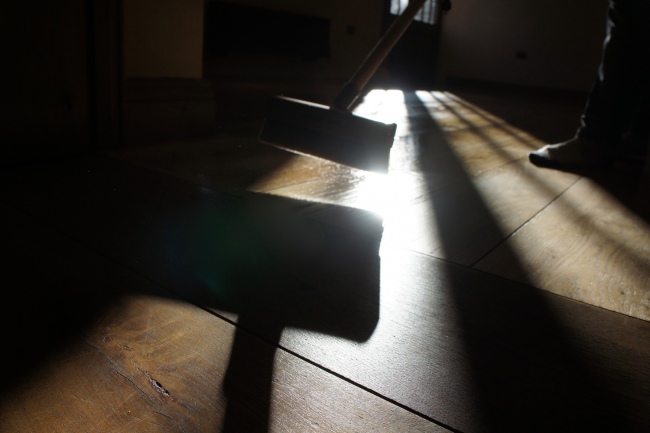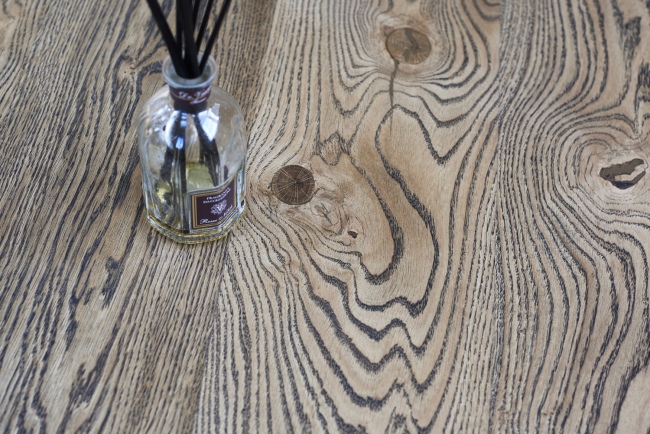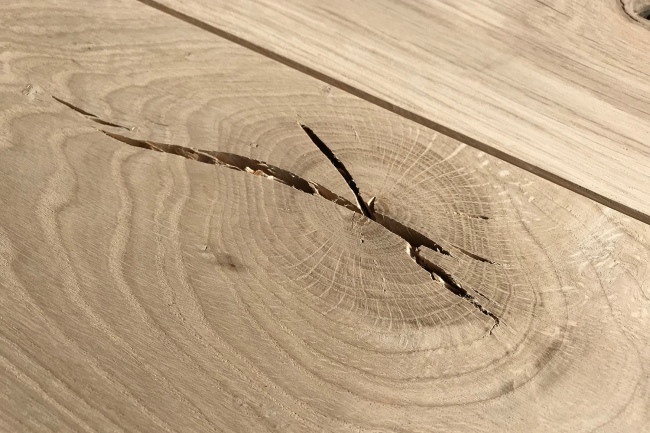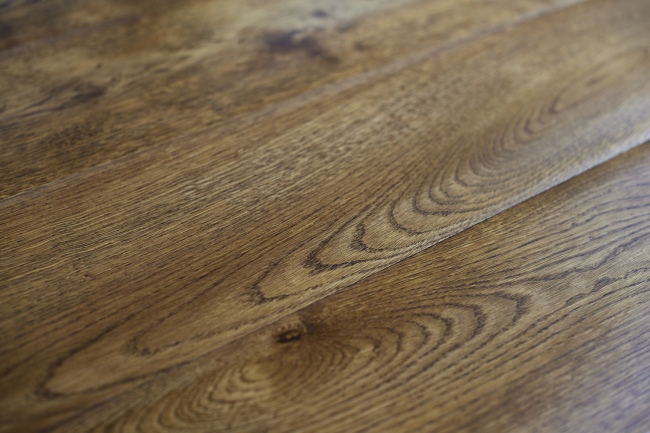How To Blend New Oak Flooring & Old Flooring
18th Mar 2019
So you want to extend your current oak floor… whether this be a slight extension or a continuation into the next room you are typically going to want to keep the oak flooring looking the same throughout.
The simple solution to this would be to use the exact product as you previously used allowing for that perfect match. We know however this is not always possible whether it be different suppliers or just the passage of time meaning you have forgot where the timber came from in the first place!
Whether it just be the odd board you require to blend in or a new area, there are a number of factors that should be taken into consideration to ensure the perfect blend.

Species
Perhaps the first place to start is with the species of oak. Whether it be European Oak or American Oak, they each have there own differences that dictate how they look once laid. You can read about the differences between European and American Oak by clicking here.
Thickness
To ensure a correct fit, the thickness of new boards should be the same as the old. When connecting the new to the old via a tongue and groove system, it is unlikely that the two will be a perfect fit. This can be rectified by adjusting the Tongue & Groove on the first connecting run to create a fit. The rest of the oak flooring can then be laid as normal.
Width
The width of the new boards should also be the same. Make sure to check whether your existing flooring is a combination of different widths or just the single width.
Micro-bevel or Square-edge
Typically oak flooring boards will be supplied either with a micro-bevel or without a micro-bevel (square-edge). This bevel (or v-groove) runs along the length of the board - and sometimes along the width- providing a distinction between the boards. Oak flooring boards with a square-edge provide a completely different look - making it important to recognise which of these you require.

Grade
One of the most important aspects is the grade of the timber. The oak flooring grade effectively refers to the amount of knots that are present in the board.
Different suppliers often use their own names and their own specifications when describing the grade. This therefore makes it hugely important that you get a clear understanding of the size and range of knots that will be in the oak floor. You should also check whether or not the boards you are purchasing contain filled knots. With this knowledge you can then compare to your old floor, to get the best match.

Colour
The most difficult aspect of a new oak floor to match with an old oak floor is the colour. For rooms that are completely separated this would be less of an issue as the colour would be less noticeable.
Over time, any type of finish will typically darken - whether this is from general mellowing or wear and tear. The level of wear, will influence the best cause of action when looking to blend in your new floor.
If you are aware of which specific finishing product was used previously, and for existing oak floors with not too much wear, the same finish could be applied to the new area with minimal difference.

For situations where you are not sure of the original finish, there are a huge amount of products available on the wood floor finishing market that may help you to achieve your desired colour. This may involve using a coloured hard waxoil, ageing agents or wood stains. Its important to note that when trying to colour match with different finishes, it is very unlikely that you will be able to achieve a perfect match.
A final option would be to recoat the whole area. This would involve sanding back the old floor to its unfinished state. Both the old and the new oak floors could then be recoated using the exact same finish to achieve the closest match.
If you would like to discuss any aspect of oak flooring with us further, please give us a call on 01538 304584 or drop us an email.




Add a comment